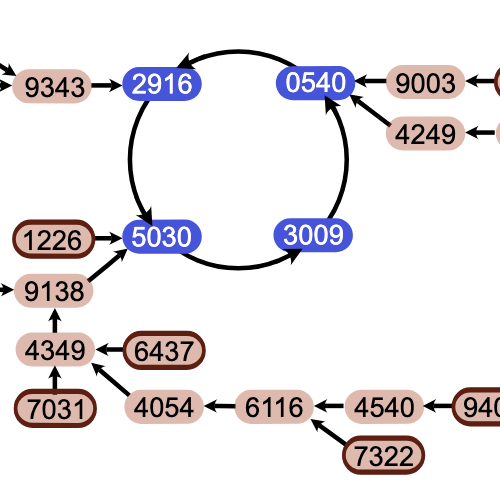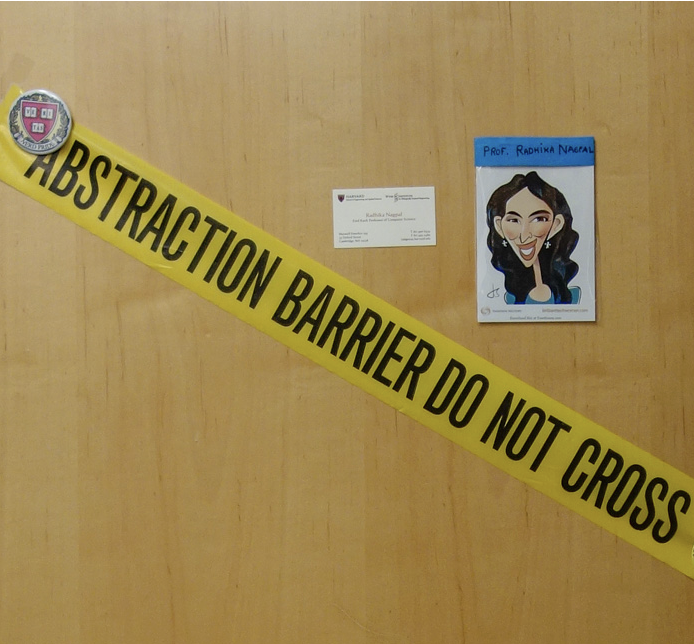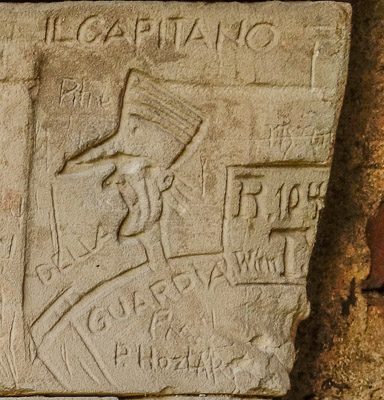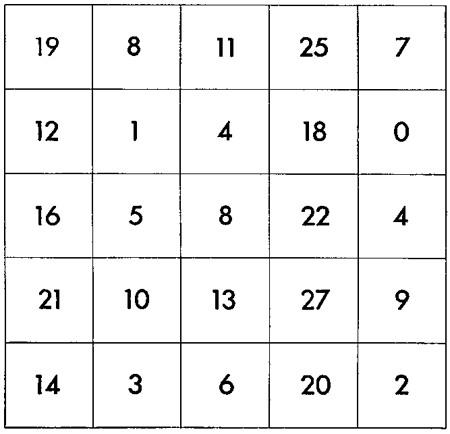PageRank for Physicists
by Brian Hayes
Published 20 April 2006
Scientists are selfless seekers after truth, unswayed by worldly emoluments, immune to the tawdry enticements of fame, indifferent to prizes and honors. Thus I can’t quite imagine why anyone would bother ranking a collection of scientific papers by applying the algorithm that Google uses to decide which Web pages deserve the most prominent display. Nonetheless, if you’re an author of anything published in Physical Review or its various offshoots over the past century or so, P. Chen, H. Xie, S. Maslov and S. Redner have calculated the Google PageRank of your publications. The database they analyzed consists of 353,268 papers published in various American Physical Society journals between 1893 and 2003.
The best-known measures of “impact” for scholarly publications are based on counting citations; a paper’s impact rises when other papers refer to it. The PageRank algorithm applies this principle recursively. If paper A is cited by paper B, that fact will be weighted more heavily if paper B itself gets many citations. Chen et al. adapted this method of evaluation to the 3,110,839 citations within their network of Physical Review articles. They found that most of the papers with a high PageRank score are well-known works that also get high marks under other kinds of citation analysis. But there were some surprises—papers they call scientific gems. An example is a 1980 article by H. Rosenstock and C. Marquardt titled “Cluster formation in two dimensional random walks: Application to photolysis of silver halides.” Only three other articles in the database cite Rosenstock and Marquardt, and thus it remains an obscure publication from the point of view of most citation analyses; but it rises to 85th place in the PageRank standings because one of those three citing papers is itself a highly rated work. (The latter paper, by T. Witten and L. Sander, is “Diffusion-Limited Aggregation, a Kinetic Critical Phenomenon,” with 680 citations as of June 2003. Chen et al. note: “The Witten and Sander article has only 10 references; thus a substantial fraction of its fame is exported to [Rosenstock and Marquardt] by the Google PageRank algorithm.)
Unfortunately, the database used by Chen, Xie, Maslov and Redner is not publically available, and so there is no convenient way for physicists to check their own PageRank standings. But, then again, physicists are so egoless, I’m sure they wouldn’t bother anyway.
See: Finding Scientific Gems with Google, on the arXiv.
Responses from readers:
Please note: The bit-player website is no longer equipped to accept and publish comments from readers, but the author is still eager to hear from you. Send comments, criticism, compliments, or corrections to brian@bit-player.org.
Publication history
First publication: 20 April 2006
Converted to Eleventy framework: 22 April 2025




How do we know the context? For example, the citing paper could have used the citation in a sentence like, “Smith and Smith 1983 tried this, but their methodology was seriously flawed”. I think this needs to be added to co-citation analysis of this variety.